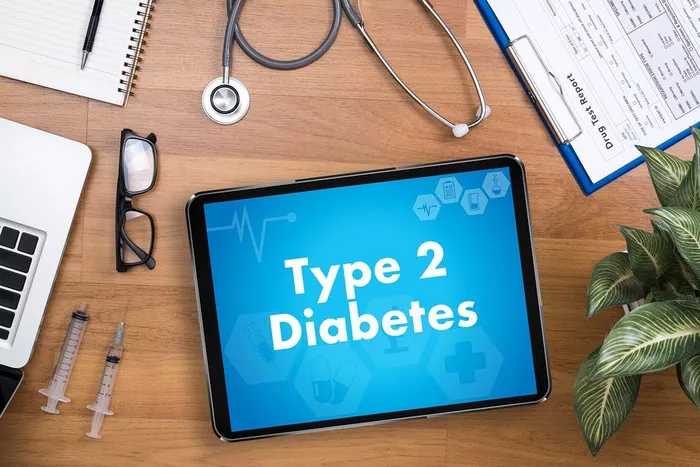Blood sugar, or glucose, serves as the primary source of energy for our bodies. However, when blood sugar levels rise excessively, it can lead to a myriad of health complications, especially for individuals with diabetes. Managing blood sugar levels within a healthy range is paramount in preventing complications and maintaining overall well-being. In this article, we delve into the high range of blood sugar levels, exploring its significance in diabetes management and strategies to mitigate its risks.
Understanding Blood Sugar Levels
Before delving into the high range of blood sugar levels, it’s essential to understand what constitutes normal blood sugar levels and how they are regulated in the body. Blood sugar levels are typically measured in milligrams per deciliter (mg/dL) or millimoles per liter (mmol/L).
In a healthy individual without diabetes, blood sugar levels are typically maintained within a narrow range throughout the day, with fasting levels (prior to eating) ranging from 70 to 99 mg/dL (3.9 to 5.5 mmol/L). Postprandial (after eating) blood sugar levels may rise temporarily but usually return to normal within a few hours, staying below 140 mg/dL (7.8 mmol/L) two hours after a meal.
Understanding High Blood Sugar Levels
High blood sugar, also known as hyperglycemia, occurs when there is an excess of glucose in the bloodstream. In individuals with diabetes, this can happen due to various factors, including insufficient insulin production (Type 1 diabetes), insulin resistance, or impaired insulin function (Type 2 diabetes).
The high range of blood sugar levels varies depending on individual circumstances, including age, diabetes type, overall health, and other factors. Generally, blood sugar levels above 180 mg/dL (10 mmol/L) are considered elevated and may warrant intervention to prevent further complications.
Implications of High Blood Sugar Levels
Consistently high blood sugar levels can have serious implications for health, particularly for individuals with diabetes. Some of the potential consequences include:
Increased Risk of Complications: Prolonged hyperglycemia can lead to various complications, including cardiovascular disease, neuropathy (nerve damage), nephropathy (kidney damage), retinopathy (eye damage), and an increased risk of infections.
Symptoms of Hyperglycemia: Symptoms of high blood sugar may include increased thirst, frequent urination, fatigue, blurred vision, and slow wound healing. In severe cases, hyperglycemia can progress to diabetic ketoacidosis (DKA) or hyperosmolar hyperglycemic state (HHS), both of which are life-threatening conditions requiring immediate medical attention.
Impact on Quality of Life: Chronic hyperglycemia can significantly impact an individual’s quality of life, leading to fatigue, mood swings, decreased cognitive function, and reduced overall well-being.
Financial Burden: Managing complications associated with high blood sugar levels can impose a significant financial burden on individuals, families, and healthcare systems, including the costs of medications, hospitalizations, and long-term care.
Managing High Blood Sugar Levels
Effectively managing high blood sugar levels is essential in preventing complications and improving overall health outcomes for individuals with diabetes. Some strategies for managing high blood sugar include:
Monitoring Blood Sugar Levels: Regular monitoring of blood sugar levels through self-testing or continuous glucose monitoring (CGM) can help individuals with diabetes track their levels and make informed decisions about their treatment and lifestyle choices.
Medication Management: For individuals with diabetes, medications such as insulin, oral hypoglycemic agents, or other injectable medications may be prescribed to help regulate blood sugar levels. Adhering to prescribed medication regimens and adjusting doses as needed under medical supervision is crucial for maintaining optimal blood sugar control.
Dietary Modifications: Adopting a healthy eating plan rich in fruits, vegetables, whole grains, lean proteins, and healthy fats can help regulate blood sugar levels and promote overall health. Monitoring carbohydrate intake and spacing meals evenly throughout the day can also help prevent spikes in blood sugar levels.
Regular Exercise: Engaging in regular physical activity can improve insulin sensitivity, lower blood sugar levels, and promote overall health and well-being. Aim for at least 150 minutes of moderate-intensity aerobic activity per week, along with strength training exercises at least twice a week, as recommended by health guidelines.
Stress Management: Chronic stress can elevate blood sugar levels through the release of stress hormones such as cortisol and adrenaline. Incorporating stress-reducing activities such as mindfulness meditation, deep breathing exercises, yoga, or spending time in nature can help mitigate the effects of stress on blood sugar levels.
Regular Medical Check-ups: Regular visits to healthcare providers for comprehensive diabetes care, including blood sugar monitoring, medication management, screening for complications, and lifestyle counseling, are essential for optimizing diabetes management and reducing the risk of long-term complications.
Conclusion
Maintaining blood sugar levels within a healthy range is crucial for overall health and well-being, especially for individuals with diabetes. Understanding the high range of blood sugar levels and its implications for health can empower individuals to take proactive steps in managing their condition effectively. By implementing lifestyle modifications, adhering to medication regimens, and seeking regular medical care, individuals with diabetes can minimize the risk of complications and achieve better health outcomes in the long term.
Related topics:
What Is A Normal Hgb A1c Level























